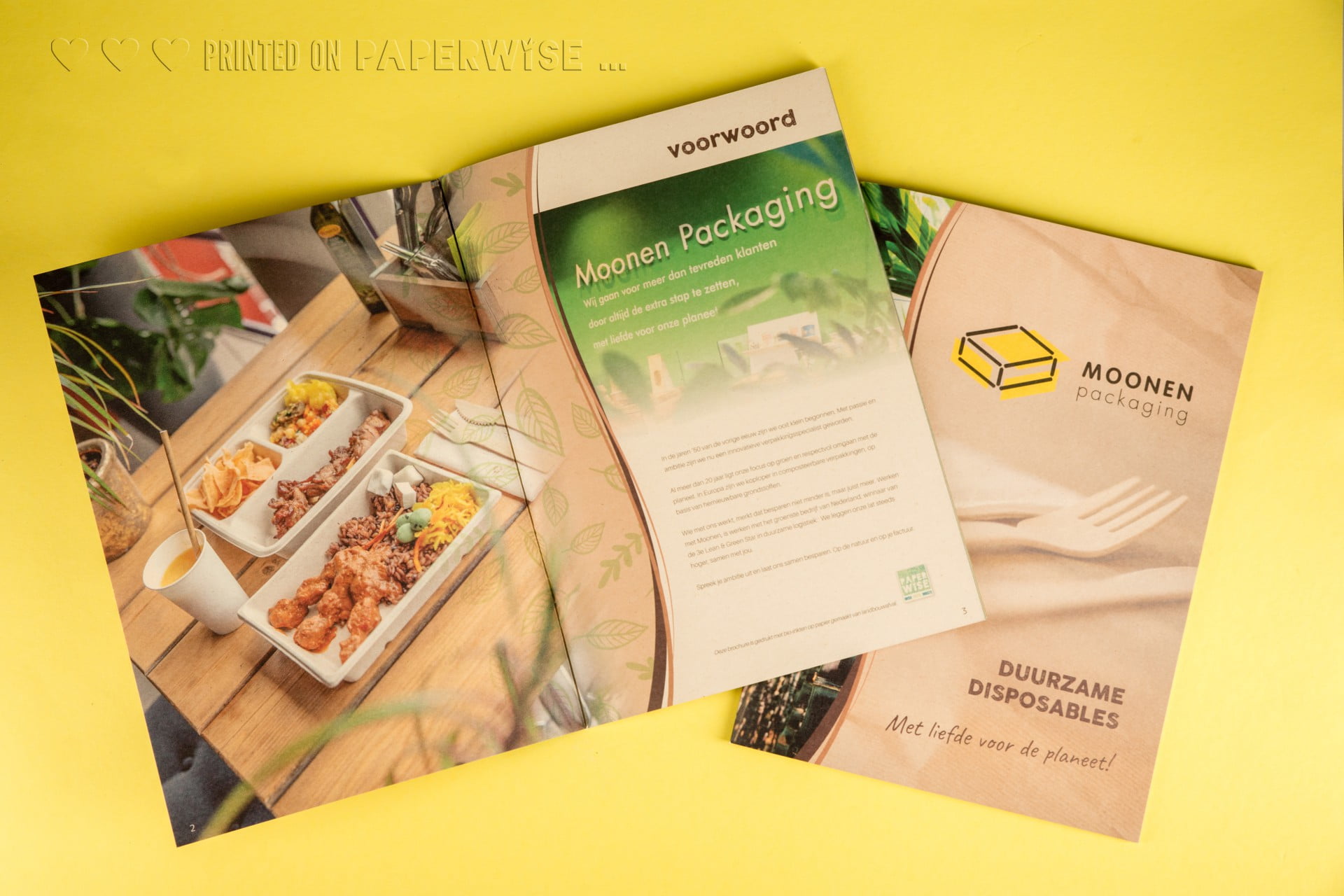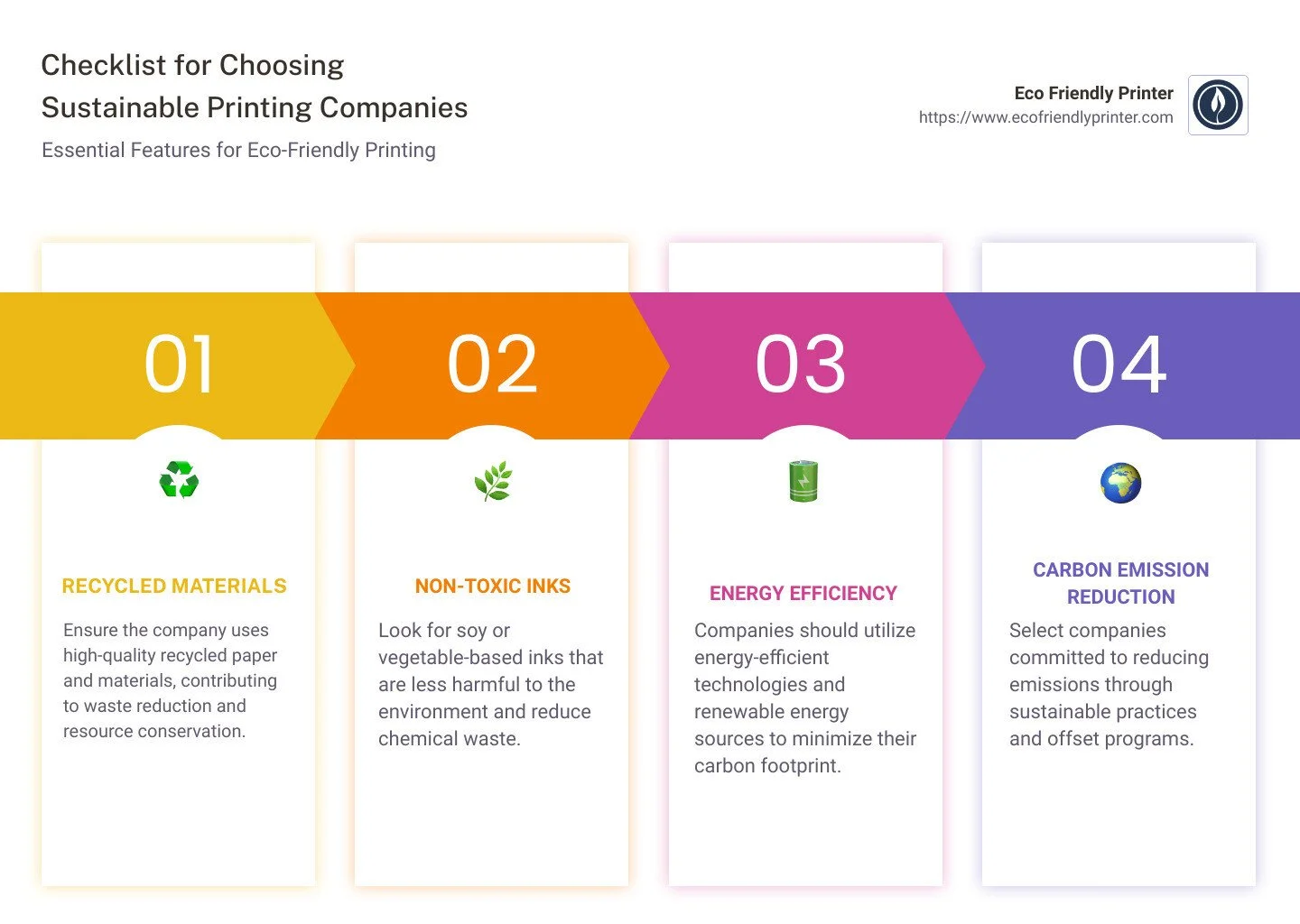Sustainable Printing: Eco-Friendly Materials and Methods

Sustainable printing is an essential practice in today’s environmentally conscious world. It involves using materials and methods that minimize environmental impact while maintaining high-quality print results. This article explores the key components of sustainable printing, including eco-friendly materials, innovative printing techniques, and best practices for reducing waste.
Eco-Friendly Materials in Printing

Using sustainable materials is the foundation of eco-friendly printing. These materials are sourced responsibly and designed to reduce harm to the environment.
| Material Type | Description | Environmental Benefits |
|---|---|---|
| Recycled Paper | Paper made from post-consumer waste and scraps | Reduces deforestation and landfill waste |
| FSC-Certified Paper | Paper certified by the Forest Stewardship Council | Ensures responsible forest management |
| Soy-Based Inks | Inks made from soybean oil instead of petroleum | Biodegradable and lower VOC emissions |
| Vegetable-Based Inks | Derived from various plant oils | Non-toxic and environmentally friendly |
| Water-Based Inks | Inks that use water as a solvent | Low odor and reduced harmful chemical release |
Sustainable Printing Methods

Adopting eco-friendly printing methods is crucial for reducing the carbon footprint of printing processes.
- Digital Printing: Minimizes waste by printing only what is needed, eliminating the need for plates and reducing chemical use.
- On-Demand Printing: Produces prints as required, preventing overproduction and excess inventory.
- Energy-Efficient Equipment: Utilizes printers designed to consume less power and operate efficiently.
- Double-Sided Printing: Cuts paper usage in half by printing on both sides.
Best Practices for Sustainable Printing
Implementing sustainable printing goes beyond materials and methods. It includes strategic planning and responsible usage.
- Plan print jobs carefully to avoid unnecessary prints.
- Use draft mode for internal documents to save ink.
- Recycle paper scraps and used cartridges.
- Choose suppliers committed to sustainability.
Frequently Asked Questions (FAQ)
Q1: What makes printing sustainable?
A: Sustainable printing uses eco-friendly materials and methods that reduce environmental impact, such as recycled paper, soy-based inks, and energy-efficient printers.
Q2: Are eco-friendly inks as durable as traditional inks?
A: Yes, modern eco-friendly inks like soy-based and vegetable-based inks offer comparable durability and vibrant colors.
Q3: How can businesses implement sustainable printing practices?
A: Businesses can adopt digital and on-demand printing, use recycled materials, and educate employees on reducing waste.
Q4: Is sustainable printing more expensive?
A: While some eco-friendly materials may have a higher upfront cost, the long-term savings from reduced waste and energy use often offset these expenses.
Conclusion
Sustainable printing is a vital step toward reducing the environmental footprint of the printing industry. By choosing eco-friendly materials, adopting efficient printing methods, and following best practices, individuals and businesses can contribute to a healthier planet while maintaining quality and efficiency in their printing needs.
